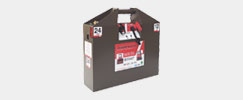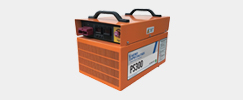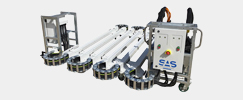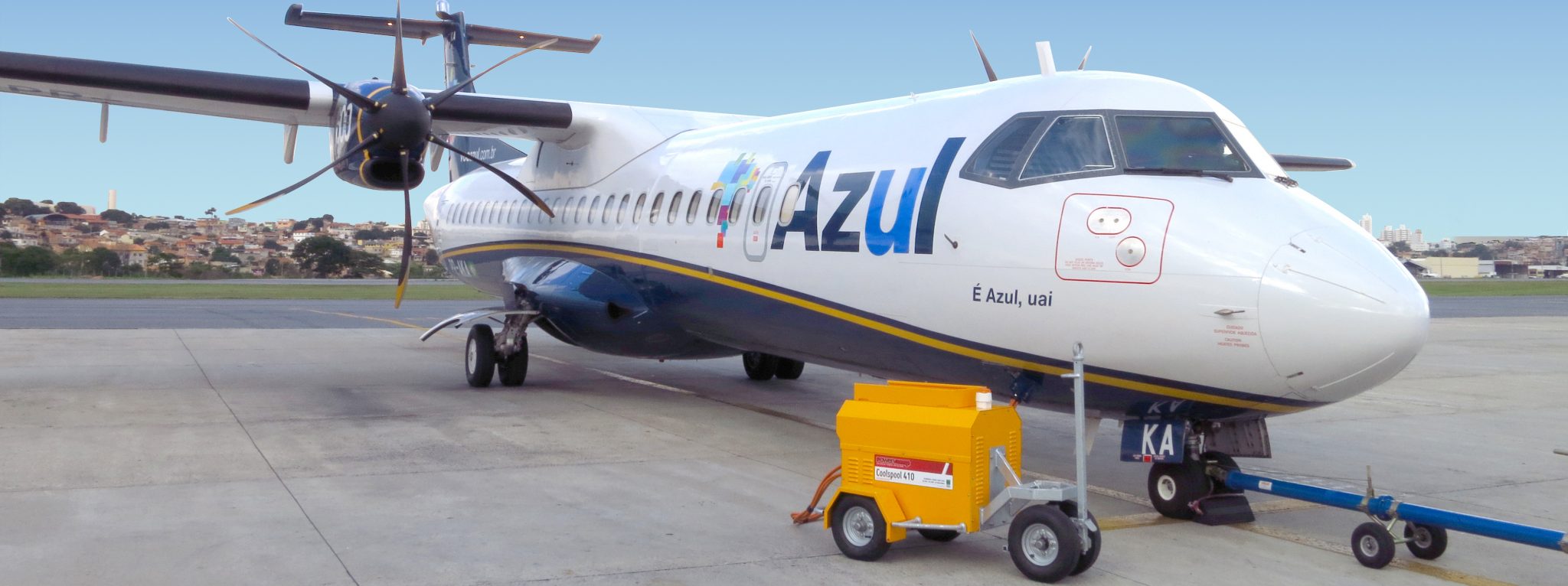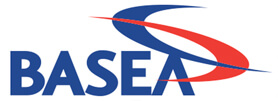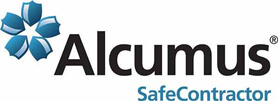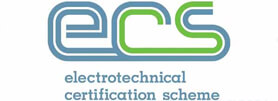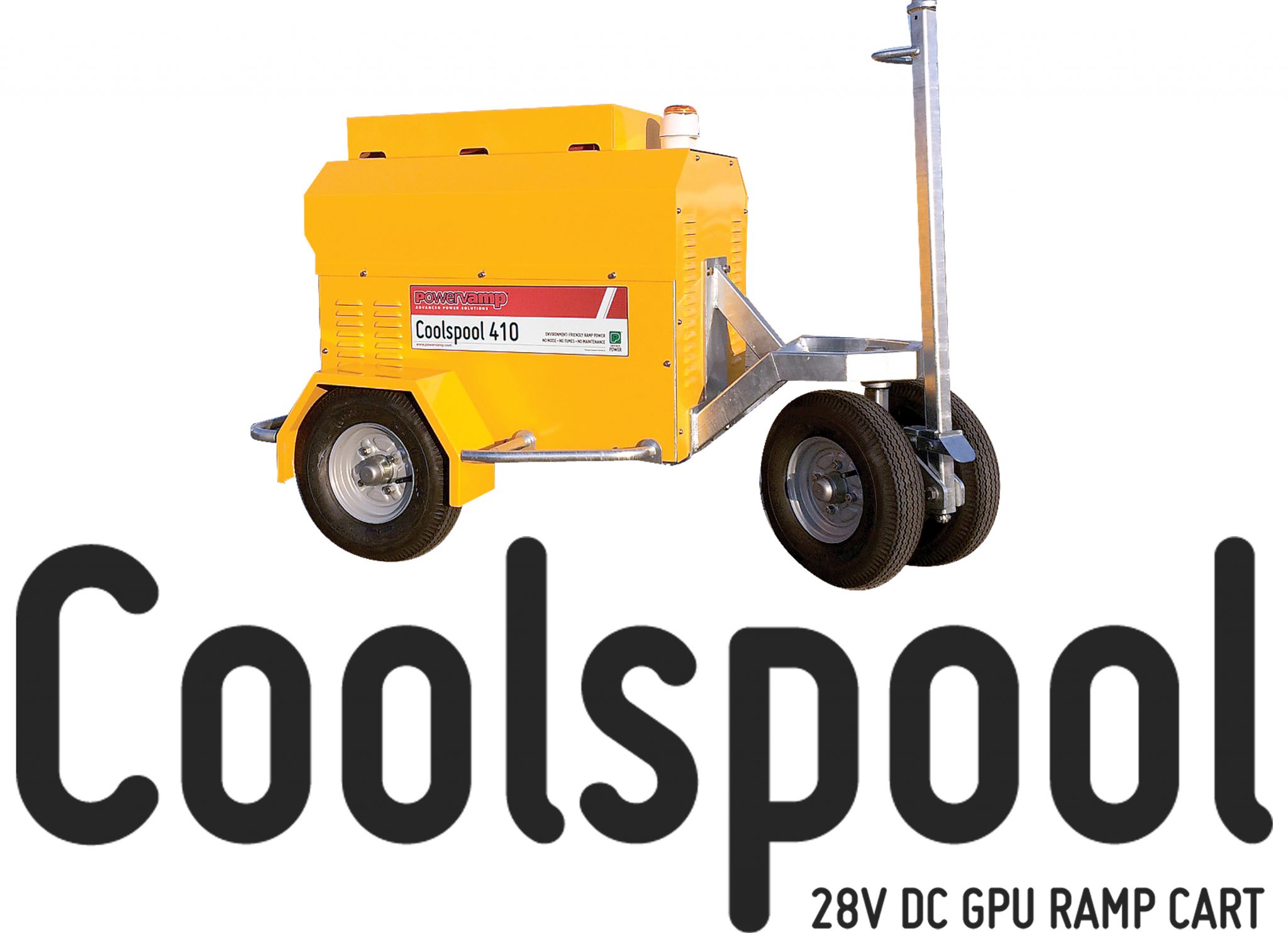 PRESS RELEASE
PRESS RELEASE
Airlines and airport operators around the world are beginning to reassess how they should provide ground power to the many DC-powered aircraft now operated by regional and commuter airlines – a process driven by the rapidly-growing number and popularity of these aircraft.
The ground-breaking concept behind their new thinking, spearheaded by Powervamp Ltd, is cutting the price of supplying ground power during an aircraft turnaround to a quarter of the typical cost – even less where fuel costs are at a premium. The key to this success is a fundamental change in philosophy. Instead of using mains electricity or a diesel generator for ground power, Powervamp’s proven solution is to use silent, pollution-free, low-maintenance battery carts. Their capacity varies according to aircraft type and size, but all are sold under Powervamp’s CoolspoolTM brand.
DC turbine and turboprop aircraft are the backbone of regional airlines, being ideally suited to the short-sector routes they operate. Typically they complete many flights of short duration, making frequent turnarounds. During these turnarounds, various solutions are currently adopted in order to maintain avionics power on the ground.
Some aircraft may be able to use an APU (auxiliary power unit), while others may operate one of their turbines in “hotel” mode (with starboard propeller braked and the turbine at low power). However, such methods are extremely costly in fuel burnt, engine/APU wear, noise and pollution.
“airlines using several Coolspool carts can expect annual savings of up to £200,000 in fuel costs.”
Whilst electrical mains power is an obvious solution, in many situations it is not an option. Frequently, the aircraft stand is too far away from a viable supply, or power is not available. With the frequent movement of fuelling trucks and servicing vehicles around the aircraft, trailing high-voltage cables across a busy ramp is considered bad practice. That is why the self-contained diesel GPU (ground power unit) is a common sight at the world’s airports.
However, because the typical diesel GPU is designed to deliver AC power for large jet aircraft as well as smaller DC aircraft, it is massively oversized when powering a DC aircraft. Moreover, diesel GPUs are heavy, expensive to buy, costly to maintain and expensive in fuel burn, even with today’s falling oil prices. They emit significant amounts of Co2, produce vibration harmonics, and are a serious source of noise pollution: extremely fatiguing for ground handlers working around the aircraft.
The Coolspool Battery Cart avoids all these problems. It is silent, pollution-free, can be bought for under a third of the price of a diesel generator, and costs as little as one sixth to run compared with a diesel unit. At a reasonably busy ramp, airlines using several Coolspool carts can expect annual savings of up to £200,000 in fuel costs.
Each Coolspool Battery Cart contains a group of high-output dry-cell batteries, connected in series or series parallel and configured to deliver clean, pure wave-form DC current at the 28 volts typically required for aircraft ground power. Various models in the range offer between 130 and 580 amp hours. The cart is compact and self-contained, and can be pulled manually over short distances or hauled by a conventional airport tug.
“Coolspool easily handles the power requirements of larger DC aircraft such as the ATR72-600, Q400, Saab 340, Jetstream, Casa and ERJ 145.”
Potential users were initially sceptical that a battery-powered unit could deliver the required power – not only for standard pre-flight electrical checks, but also to start the aircraft’s engines. However, users around the world are now recognising that the Coolspool easily handles the power requirements of larger DC aircraft such as the ATR72-600, Q400, Saab 340, Jetstream, Casa and ERJ 145. Existing users include Pilatus, Fedex, Azul, Hawaiian Airlines and Tame.
Modern aircraft avionics are highly vulnerable to damage from poor wave-form or “dirty” external power. Some aircraft so sensitive that they cannot be despatched after suffering spike-related avionics failure caused by bad external power. The key benefit of the Coolspool system of ground power is that it uses the ultimate in pure DC power – the battery – as its power source, guaranteeing that the power it delivers is free from bad wave form or voltage spiking.
Despite its small size, the Coolspool Battery Cart is designed to handle the standard pre-flight checks whilst powering cabin lighting, cargo doors, fuel pumps, cockpit instruments and other major electrical systems during a typical 45-minute turnaround; and crucially, it still retains the power to start one of the aircraft’s turbines.
“…airport staff and pilots respect the battery-powered approach to providing ground power.”
Typically, a single Coolspool Battery Cart can handle up to three aircraft turnarounds on a single charge. At a busy hub where multiple departures occur, several Coolspool units can be deployed and recharged during slack periods. This is ideal for airports and airfields where there may be many turnarounds in the morning, then more in the late afternoon. The batteries suffer no “memory effect” problems, so can be topped up at any time.
Coolspool carts can be recharged from a standard domestic 13-amp mains electrical supply, or 10 amps in the US. Alternatively, they can be recharged from a three-phase supply where this is available. Versions are available with a built-in charger unit, or alternatively Powervamp can provide a separate charging station that can be installed where it can recharge up to three Coolspools at the same time.
To maximise the potential savings of the Coolspool cart, Powervamp points out, the operator needs to understand the concept and the importance of educating those personnel who work with the unit. This includes pilots – who need to avoid excessive use of ground electrical power during turnarounds – and ground crews and despatchers. Where diesel or mains power has previously been the GPU source, there is a historical assumption that unlimited power will be available, which is not the case with the Coolspool.
“It’s simply a matter of education,” says Powervamp’s chairman and founder, Richard Roller. “We go to great lengths to explain to users the differences between a diesel and battery GPU, and to cover all issues from charging and use to the benefits brought by the battery approach beyond pure financial savings.
“This holistic approach, along with the training that backs it up, ensures that airport staff and pilots respect the battery-powered approach to providing ground power. Airlines can also play their part by instigating appropriate practices for situations where a Coolspool-style solution is in use.”
“This has the ability to revolutionise the DC ground power market…”
Roller predicts that as the Coolspool revolution gathers momentum, this more economical approach to ground power will become accepted practice in the industry. In anticipation, Powervamp is already developing a system for measuring the power consumed during each turnround – opening the potential for airlines to be charged according to power use.
“This has the ability to revolutionise the DC ground power market and allow airports and ground handling companies to charge the airlines only for the Kw/hour of power they use. In other words, the airlines will pay for power by the hour, further reducing their ground power costs and focusing the pilots on good power management.”
To learn more about the Powervamp’s range of products including, COOLSPOOL range of battery carts and aircraft static inverters, call +44 (0)1934 643000 or email sales@powervamp.com
Powervamp wins ‘Innovation of the Year’ award with COOLSPOOL’ – read the article & view the video HERE.




